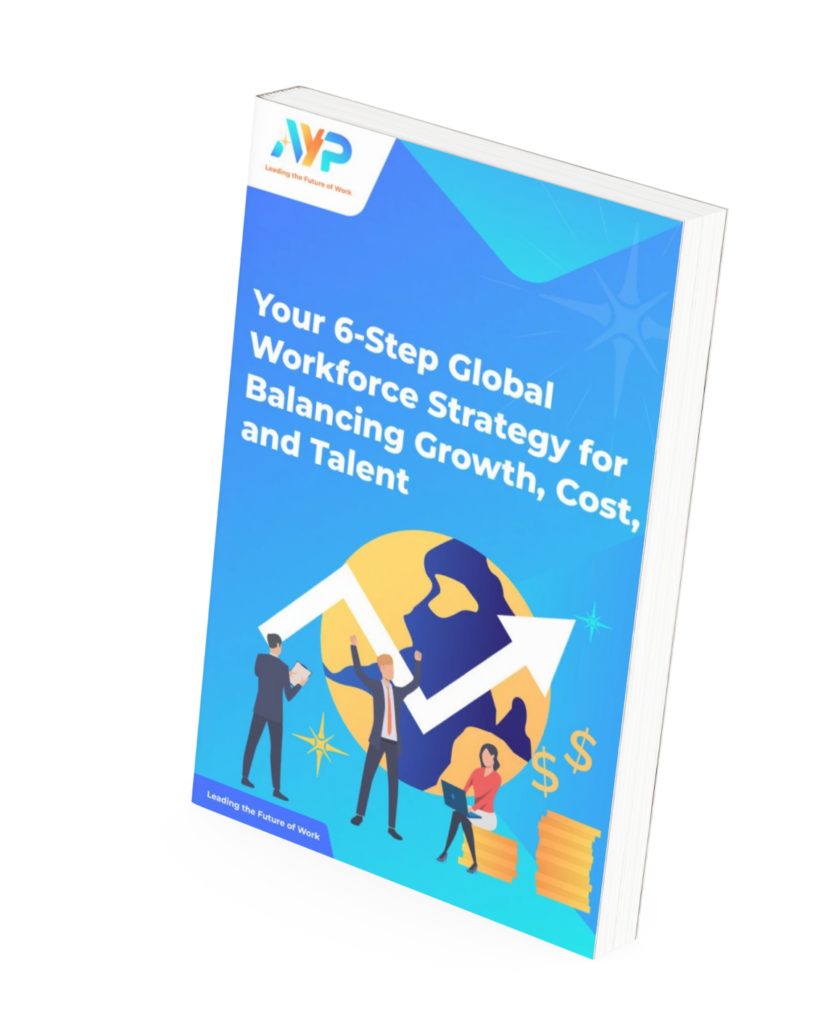Inclusion is an essential component of today’s HR processes, and progressive organisations are learning its benefits. Studies show that organisations with sustainable Diversity and Inclusion initiatives demonstrate a 20% increase in inclusion.
This results in more significant on-the-job effort and intent to stay, as well as higher employee performance.
Here are just three actions that your organisation can take to cultivate an inclusive workplace.
1. Benefits & Initiatives
Employers demonstrate that they care about their employees outside of work by providing general benefits such as a more flexible work schedule and emotional wellness programmes.
According to a Gartner report, such actions of understanding and appreciation can increase feelings of inclusion by up to 38%. Providing employees with benefits and initiatives that recognise and appreciate their unique identities display an employer's recognition and acceptance, which is key to building an inclusive workplace.
2. Set Clear Goals & Get Everyone Involved
Many organisations might talk the talk of D&I initiatives, but few can adequately account for having concrete and actionable steps to develop them. One way to address this is to ensure that accountability and proper goal targets are set to uphold these initiatives.
This means doing the actual leg work of understanding what inclusion means for individual employees through conversations, surveys and focus groups. By defining what inclusion means, the organisation can adequately develop initiatives that better fit employee needs. From there, company leaders can identify in-house champions for these initiatives and set proper targets for their organisations to address them.
Employee led initiatives, coupled with the support of senior management, would ensure that the organisation is streamlined in their approach to make the organisation a more inclusive one.
3. Practice Inclusive Leadership
An inclusive team begins with a set of leaders who are passionate about and well-informed on the importance of inclusion. It is up to leaders to build a safe space for employees not just to be able to speak up but to feel heard.
It is essential to encourage the input of employees with different backgrounds and perspectives. Facilitate constructive arguments, give actionable feedback and foster an environment of active collaboration.
To better cultivate diversity, leaders need to adopt a mindset that a broader range of communication and work styles can excel in the workplace.
Should businesses wish to grow and thrive in the coming years, they must cultivate an inclusive workplace through concrete strategies and goals. Research done by Deloitte shows that inclusive workforces are eight times more likely to have overall better business outcomes than those without.
AYP Group has some ten years of experience in the HR industry and a broad reach across the Asia Pacific region. To find out more about how we can help you better your company’s HR Initiatives, click here.
Featured Content
1. Hiring 101: Building Engagement with Potential Employees
2. 5 Hot Tips to Stop Employee Burnout Before It Starts
3. Developing Sustainable Diversity & Inclusion Strategies in the Workforce


